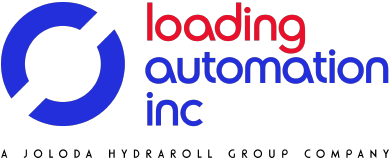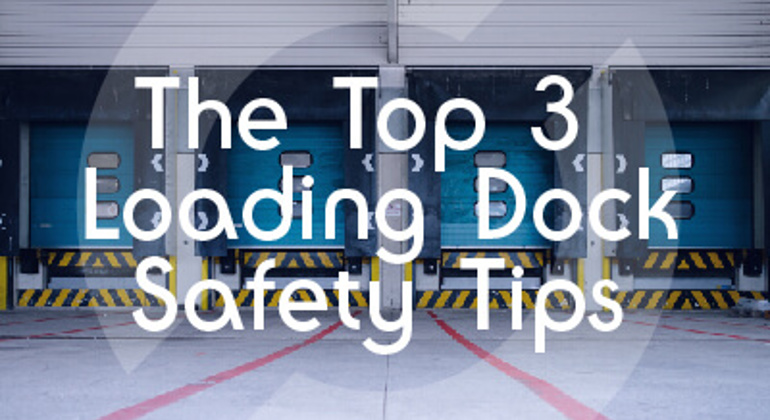Efficiency in the loading process is indispensable in warehouses. In a world in which customers are able to receive orders quicker and quicker, good loading dock design and swift, safe loading are essential. Customers are eager to receive their orders sooner rather than later: keep them waiting and you could see them wave goodbye in favour of a business that will ship their orders out faster to them.
Below is a look at what loading docks are, the different types of loading docks you might see in a warehouse and some reasons why loading bay efficiency is so important. We finish off with some recommendations on how to improve the efficiency of your own warehouse loading bay, plus a short recommendation of one of our systems to help you boost your warehouse loading dock efficiency.
Book a FREE Loading Assessment
Learn how to make the loading process safer and more efficient with a no-obligation assessment...
BOOK NOW


